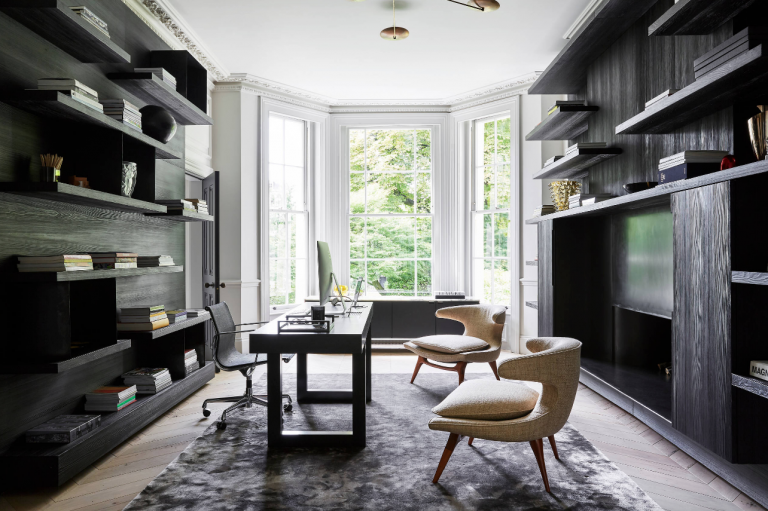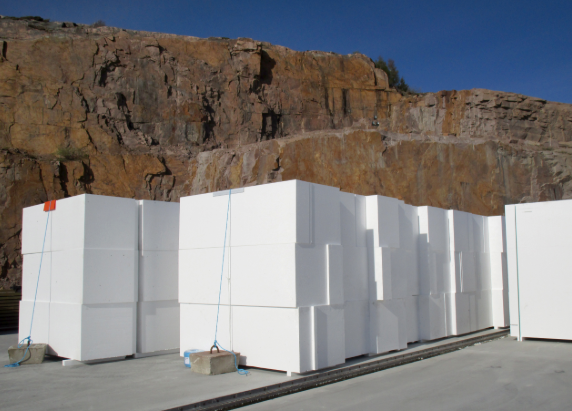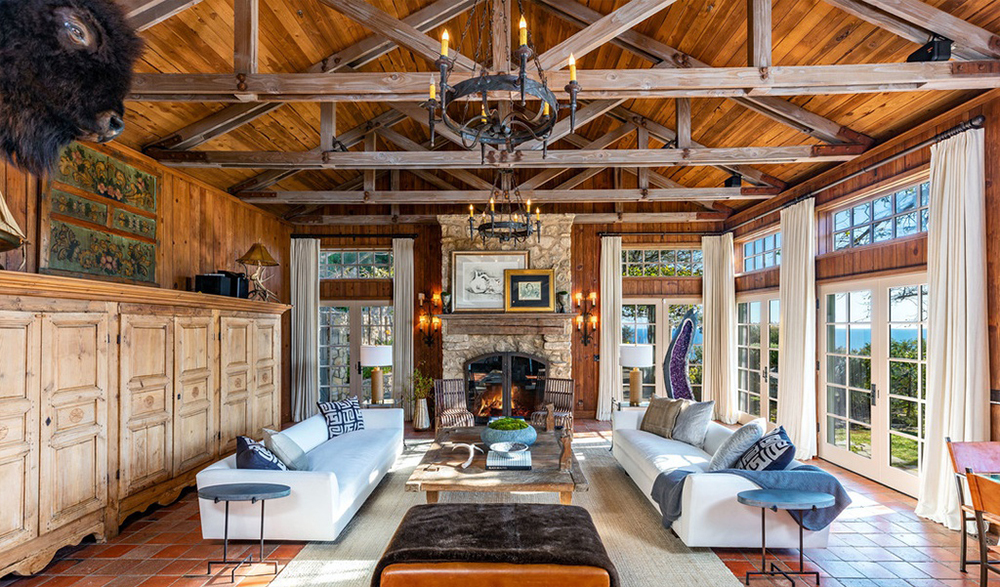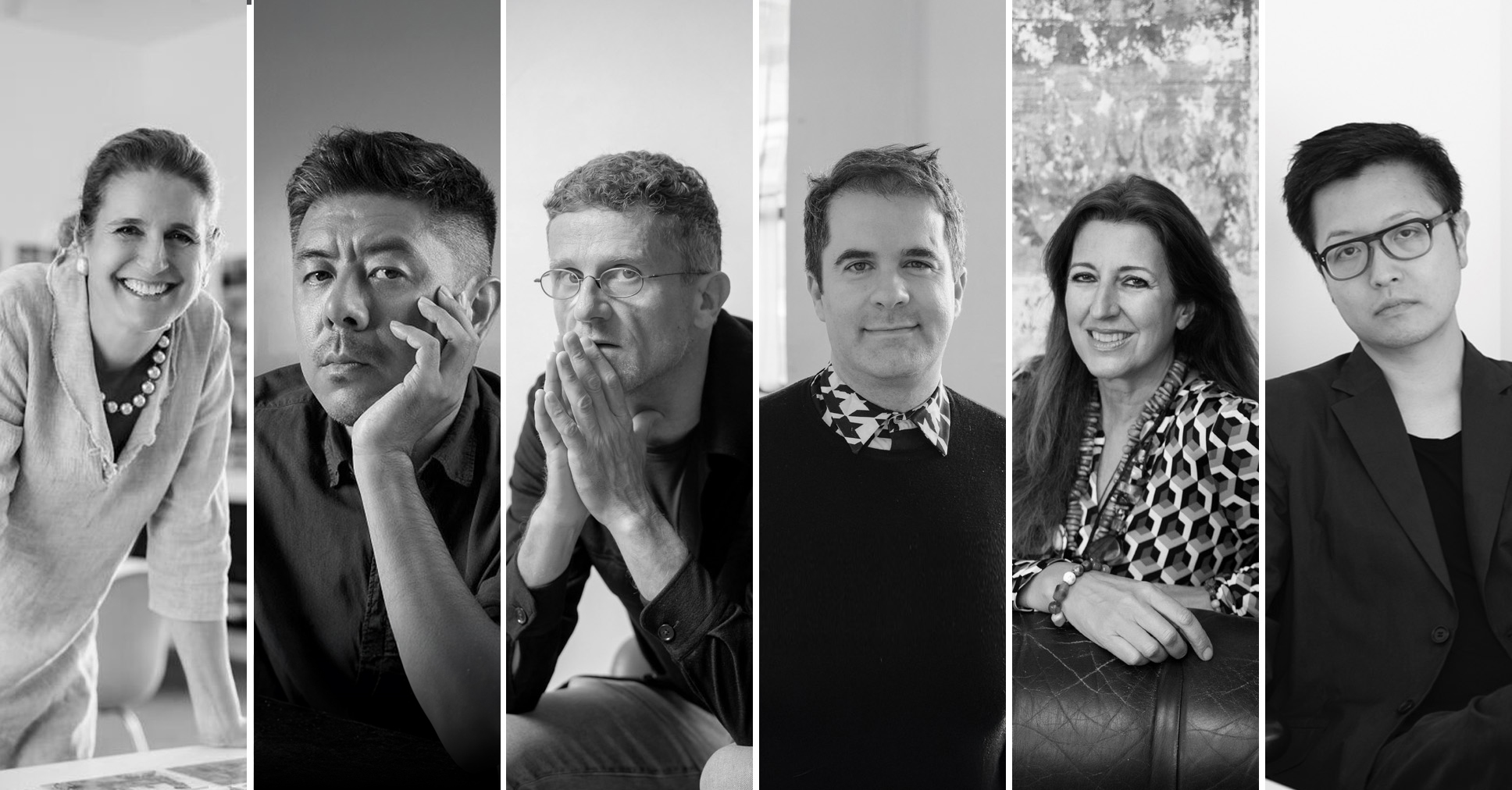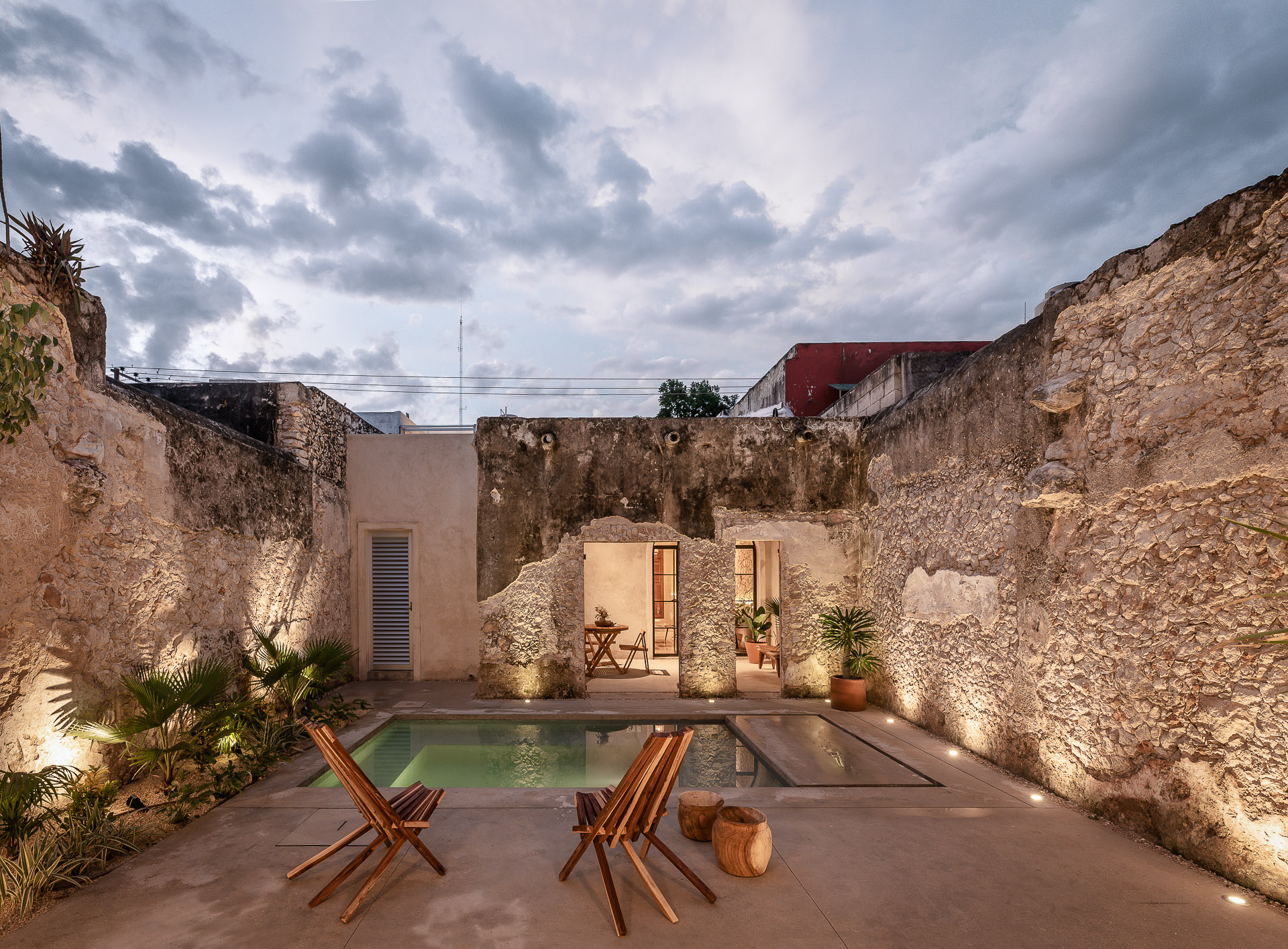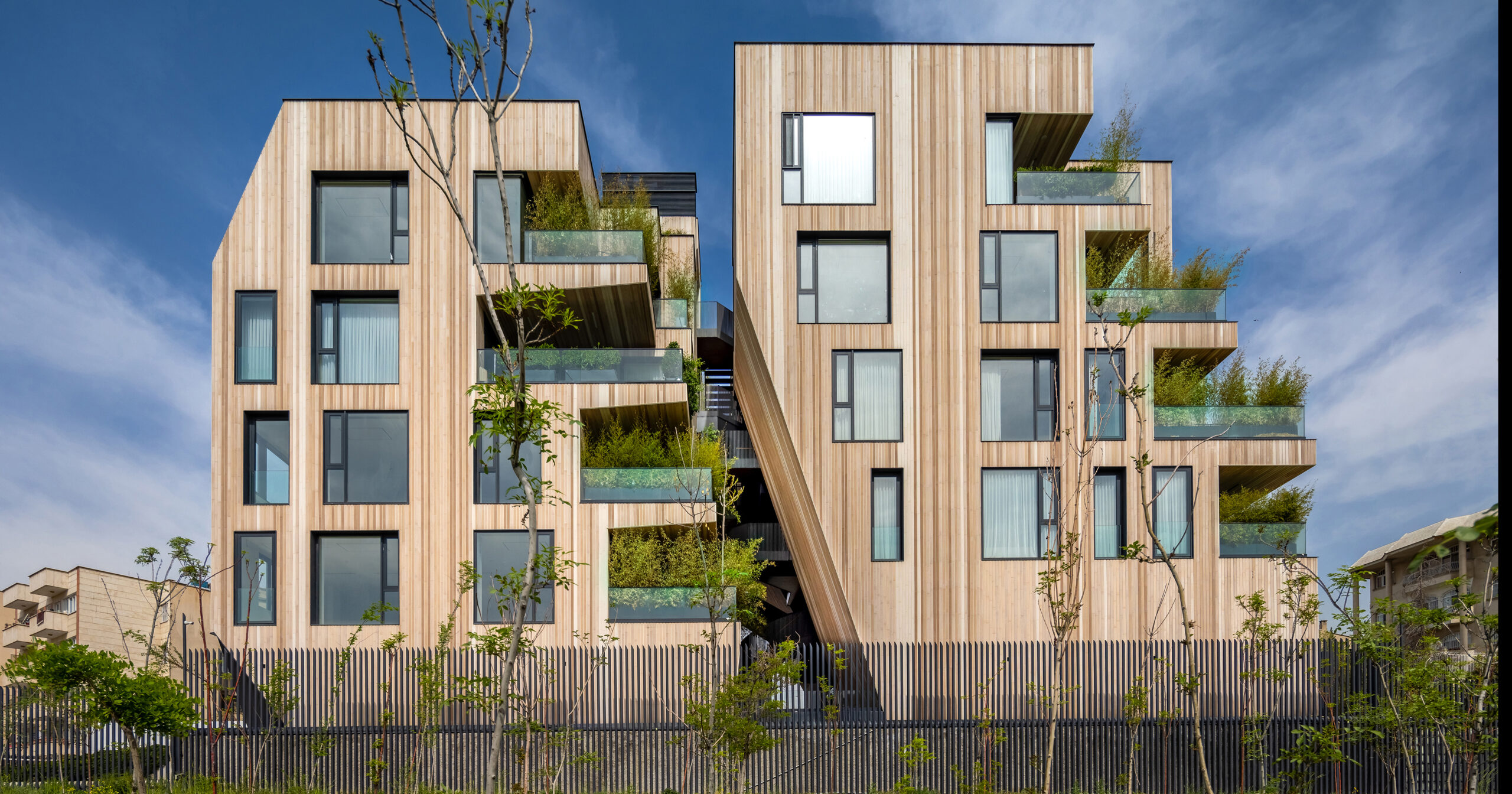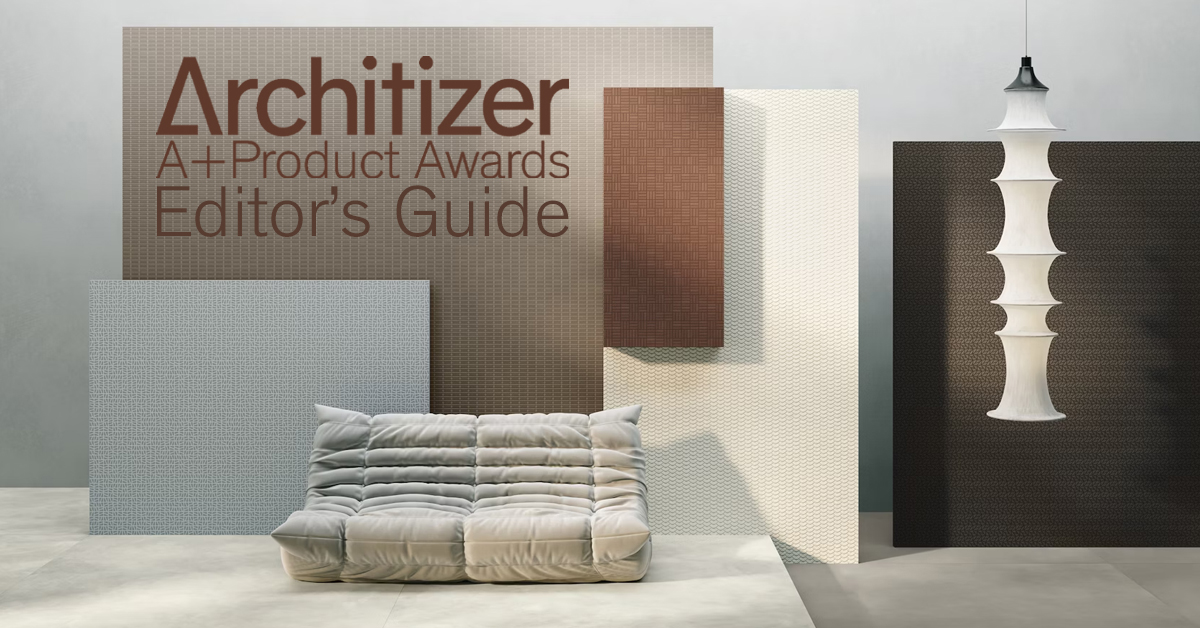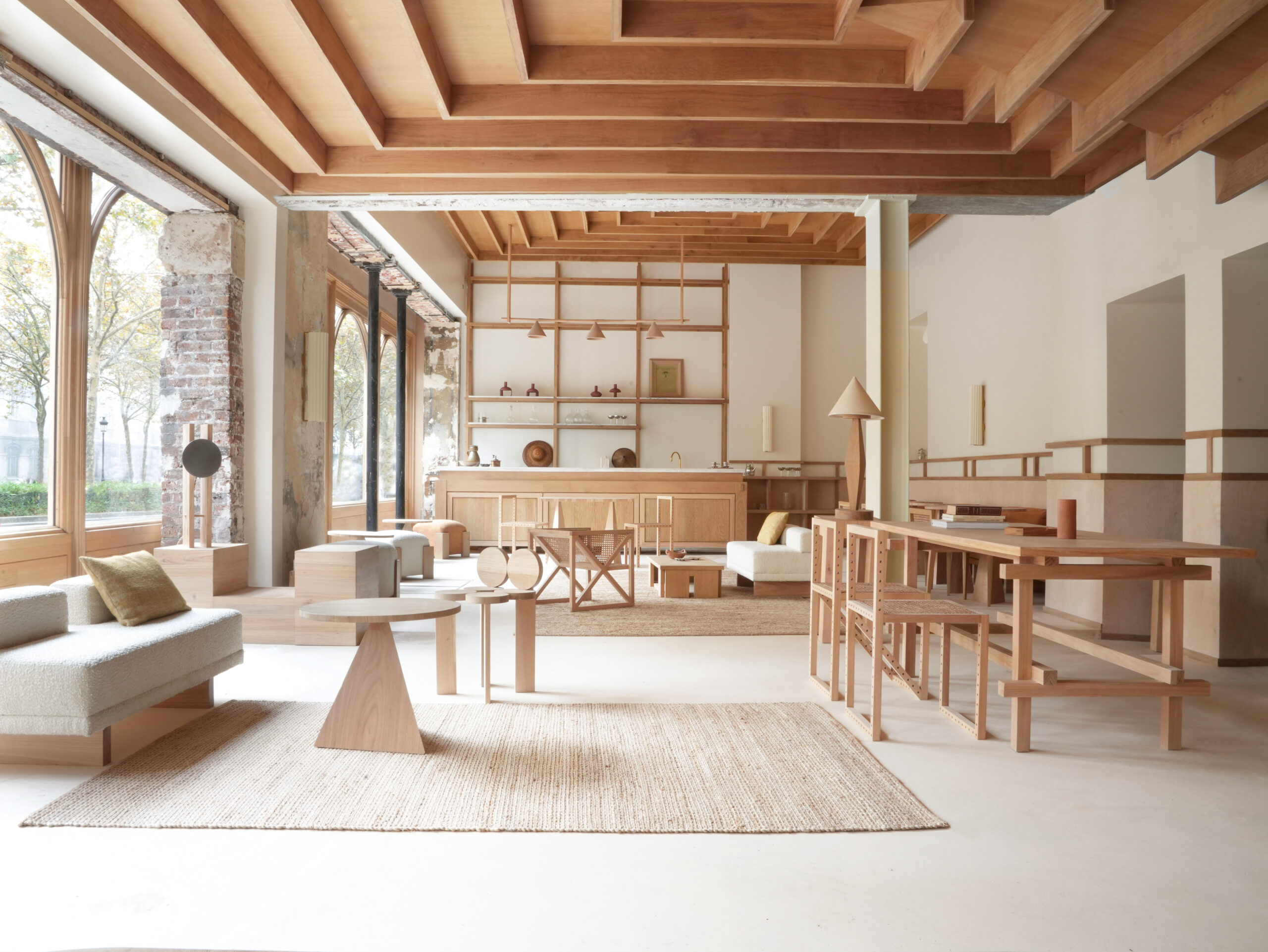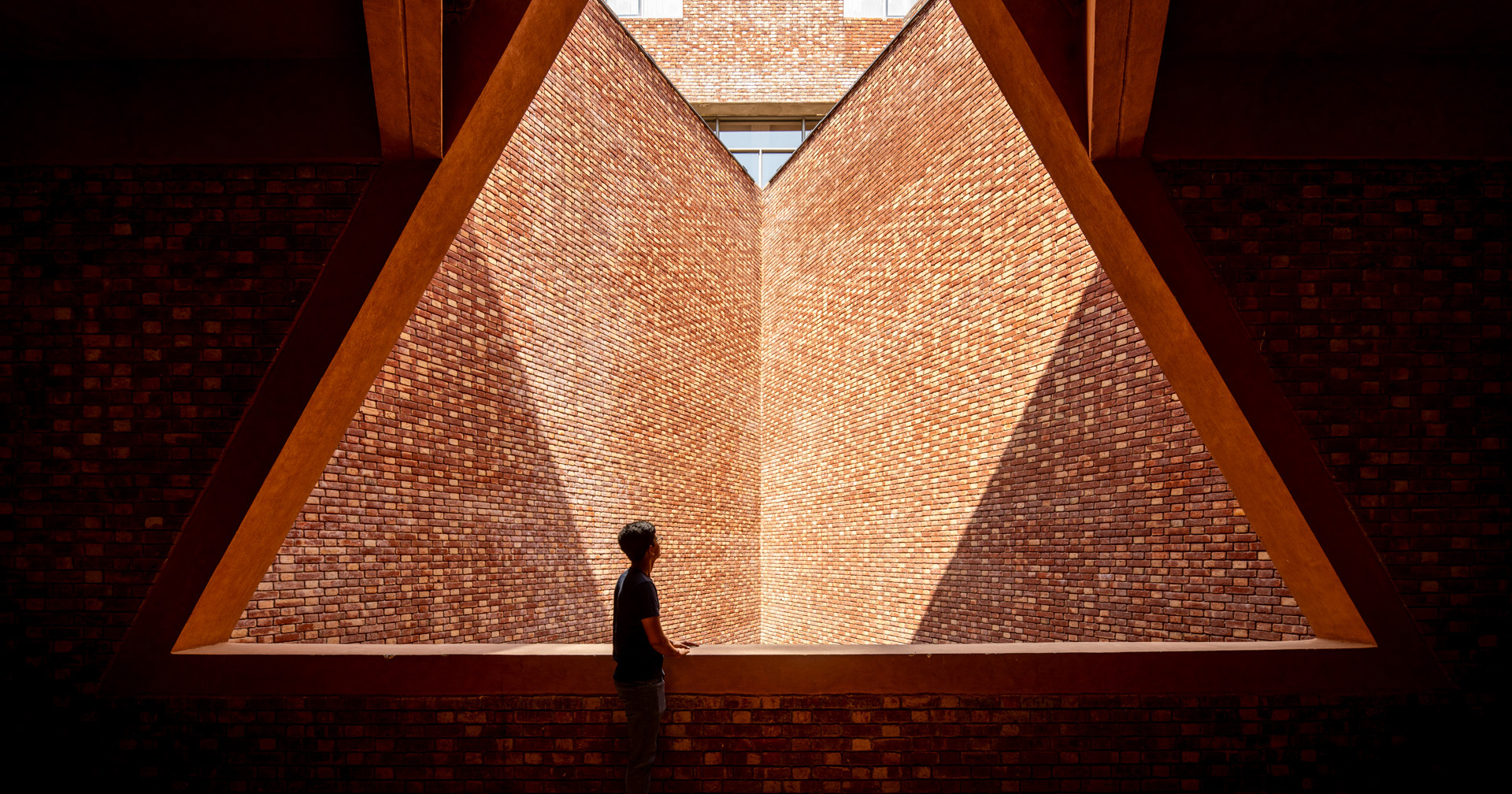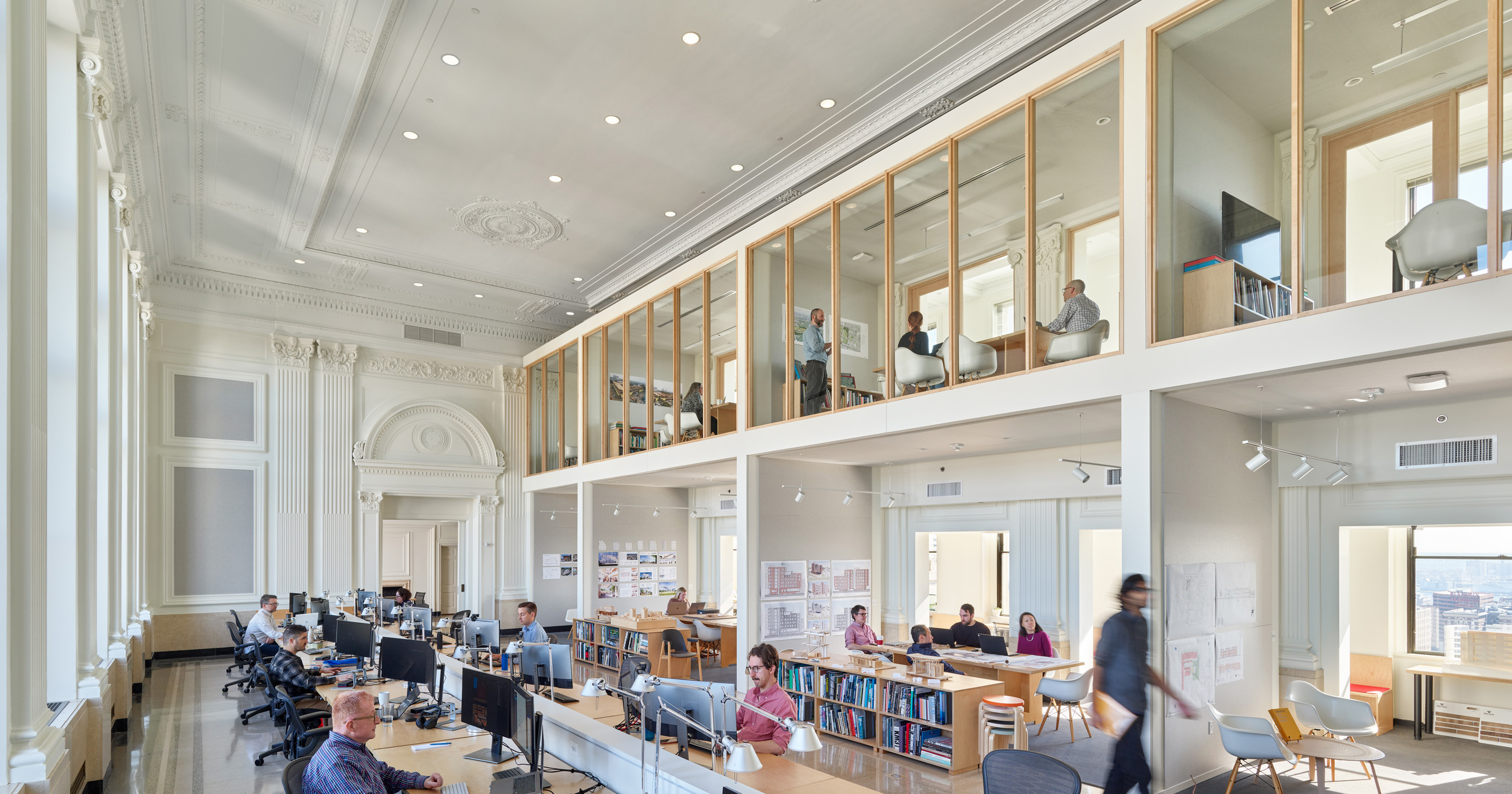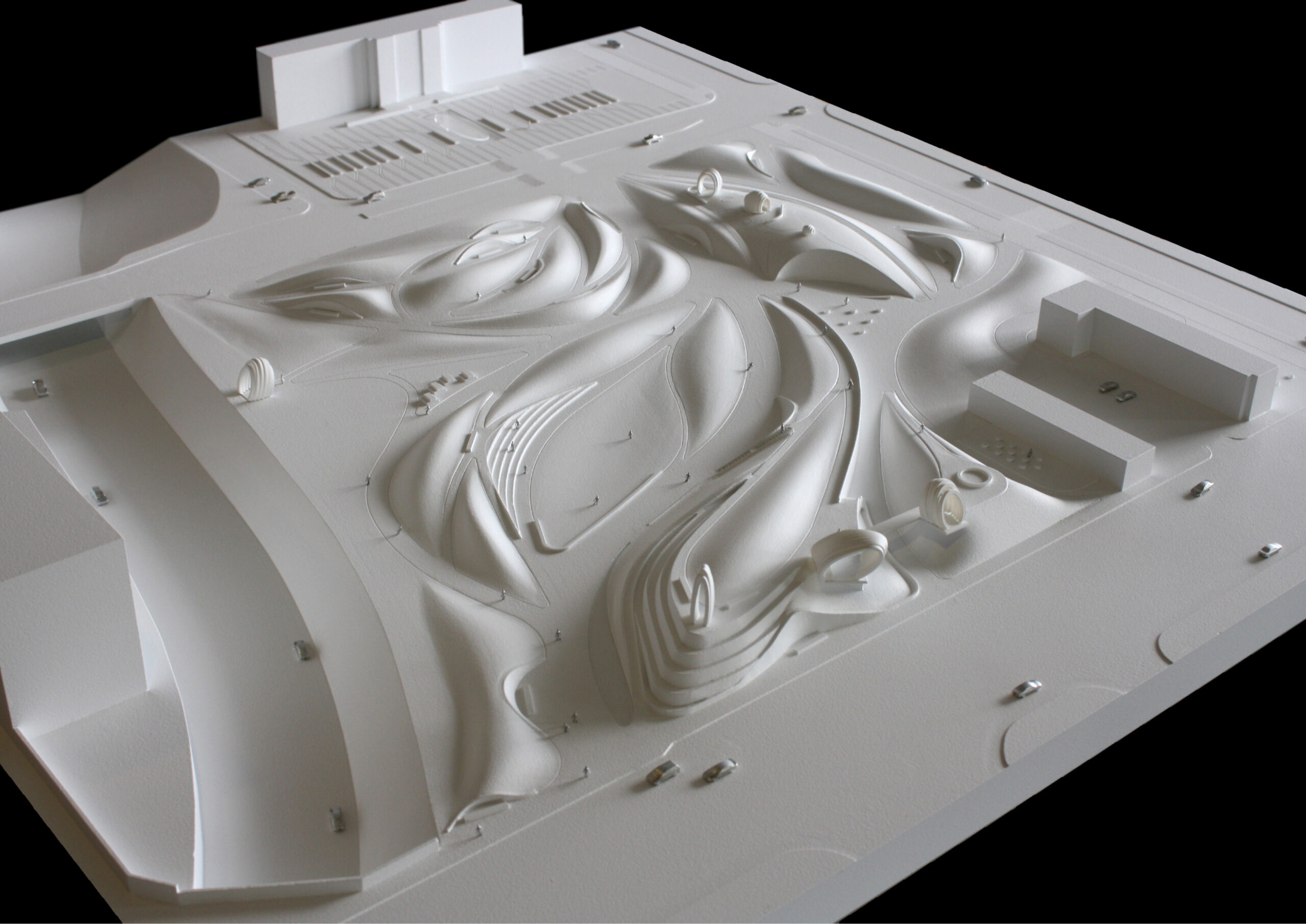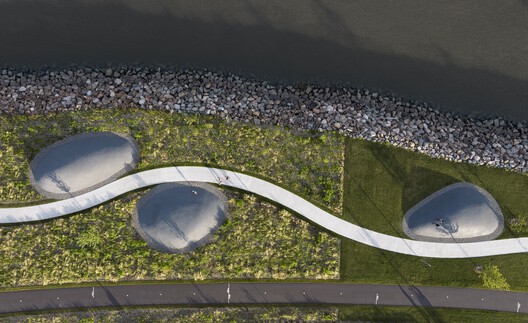Going Against the Grain: The Rise of Wood-Drenched Interiors
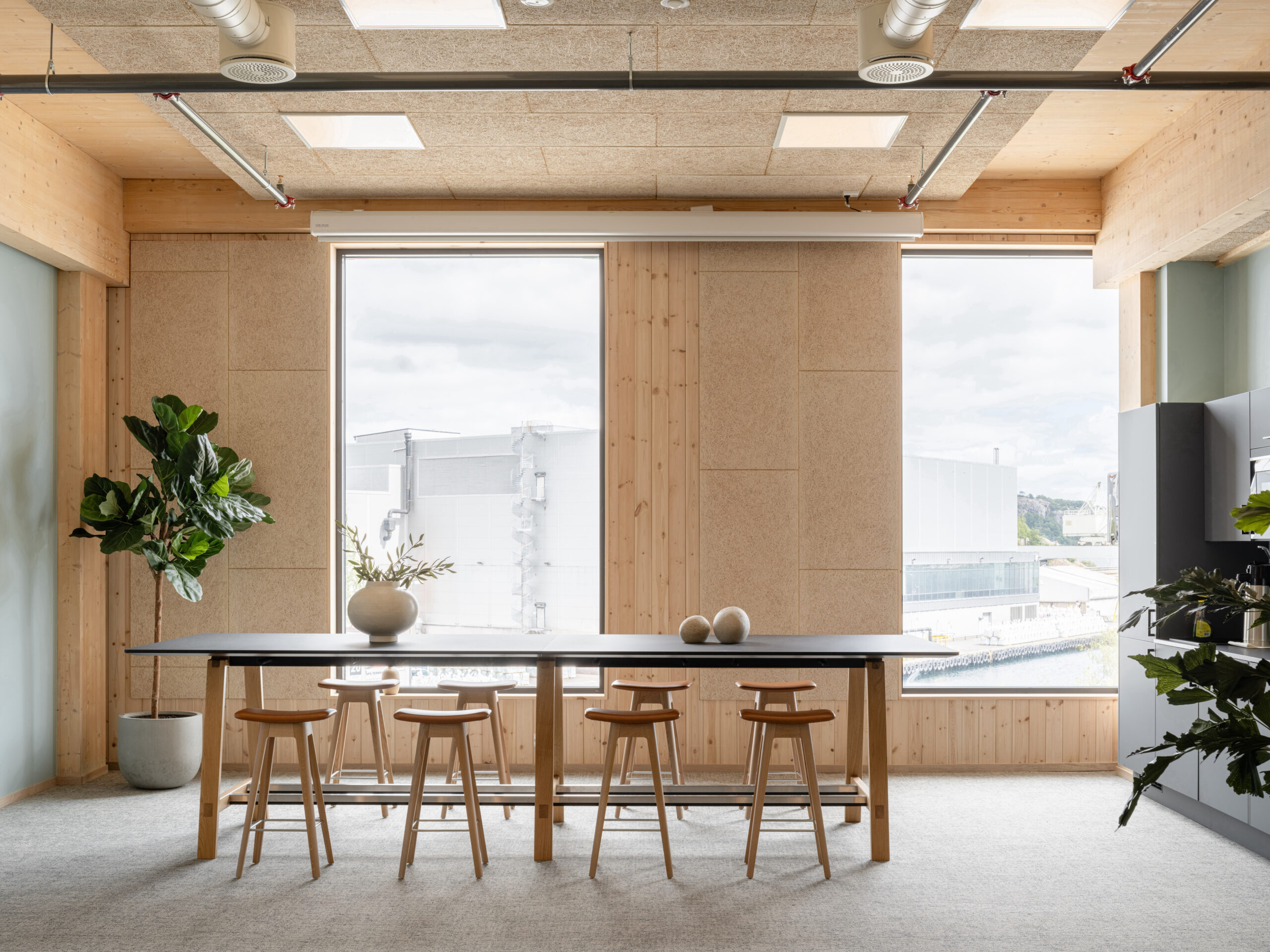
Architizer’s Vision Awards are back! The global awards program honors the world’s best architectural concepts, ideas and imagery. Start your entry today, and take advantage of the Early Entry prices!
When most, if not all, surfaces in a space are finished in the same material, something special happens. The space starts to have a cycloramic feel. It starts to feel more connected, more cohesive and more… tangible. That’s the idea behind material drenching. It’s when designers use one material across an entire interior to create a strong visual and emotional statement.
Lately, that material is wood.
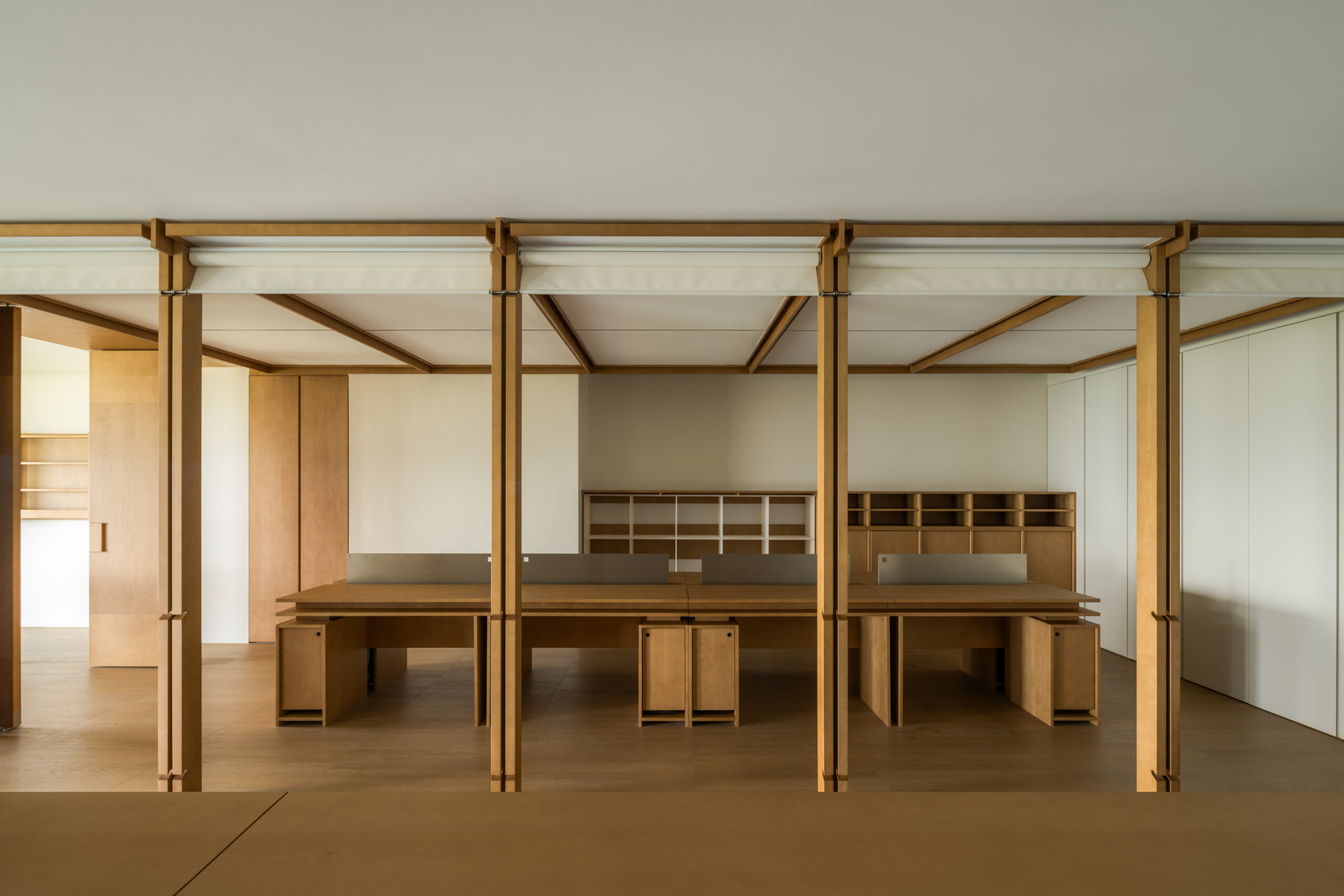
Original Concept Studio by Shire Space Research, Hangzhou, China | Finalist, Commercial Interiors (<25,000 sq ft), 12th Annual A+Awards
When you step into a wood-drenched interior, you feel it instantly. The air seems warmer, the acoustics soften, and you slow down without even noticing. Unlike bold colors or flashy patterns, wood doesn’t demand your attention. It earns it through texture, warmth and memory, and maybe that’s why it works so well today.
In an era obsessed with speed, sharpness and all things digital, there’s something reassuring about wood. It feels like an invitation to pause. Wherever it appears, it works with nature, not against it and that relationship to nature matters. There’s a reason spas and retreat spaces lean heavily into timber-lined walls and ceilings. It’s not a trend, its instinct. Wood feels like a place to rest and breathe.
Long before we had drywall and steel studs, we had timber beams and wooden floors. Across cultures and continents, wood has carried the weight of shelter, ritual and tradition. This is what makes wood drenching feel so right. It pulls from that memory. When every surface is covered in timber, it feels like an intentional return.
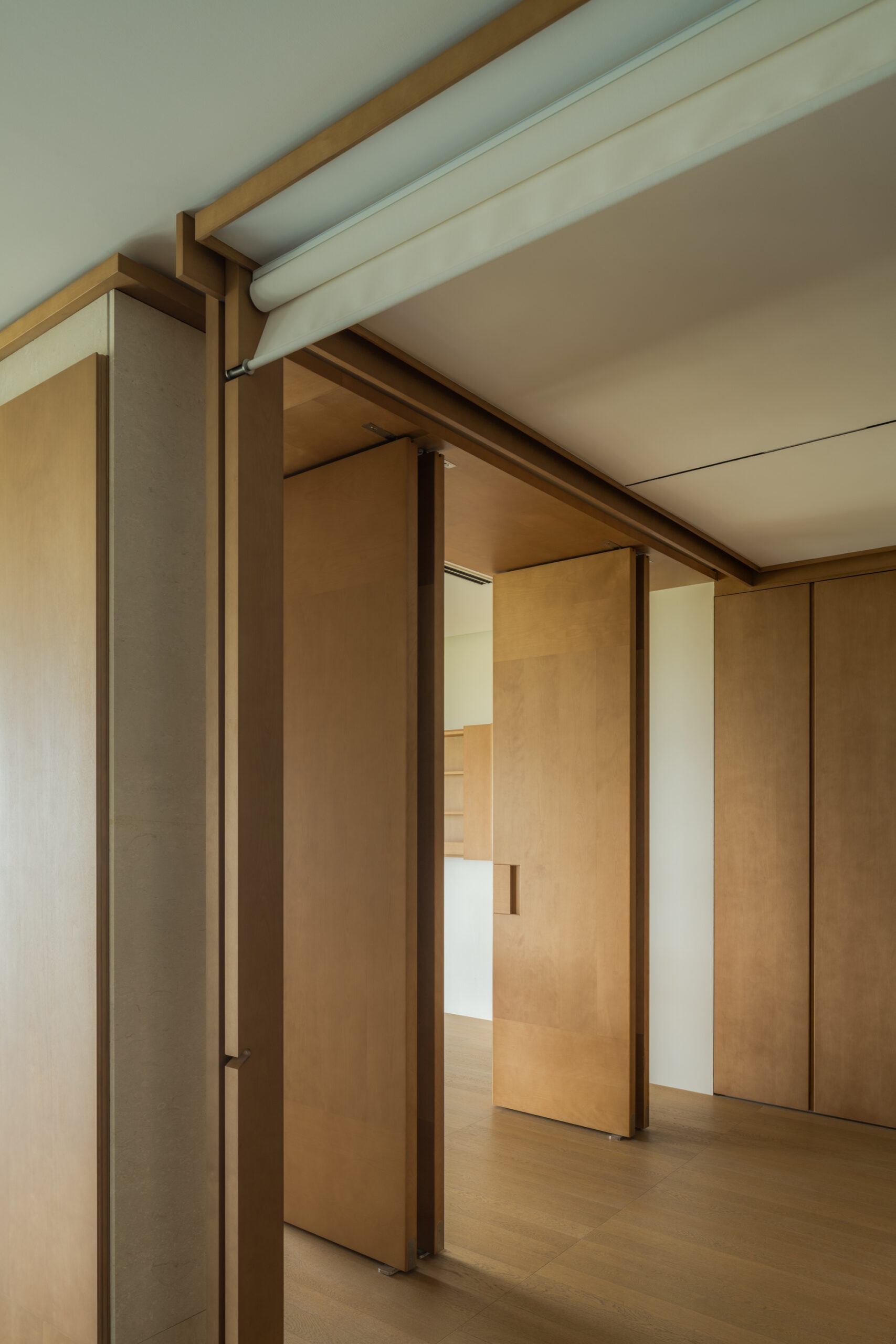
Original Concept Studio by Shire Space Research, Hangzhou, China | Finalist, Commercial Interiors (<25,000 sq ft), 12th Annual A+Awards
What sets wood apart is the way it wraps a space in feeling and not just finish. It’s more than just paneling or a well-placed accent wall. With wood drenching, the material becomes the architecture. It shapes how a space is perceived, how sound travels, how light reflects and how the size of the room is perceived.
It also has a way of inviting touch. Whether smoothly polished or roughly textured, it draws people in. Unlike glass or concrete, which may often feel cold and distant, wood triggers a kind of tactile curiosity. You want to run your fingers over it, feel its texture, maybe even knock on it just to hear its sound. It’s this physical relationship between body and material that makes wood-drenched interiors so engaging.
This is what Shire Space Research explored in the interior design of the Original Concept Studio. They intentionally amplified curiosity by using different forms of wood to signal shifts in function. Through cabinetry and furniture, they designed the space to encourage interaction with the samples physically and not just visually.
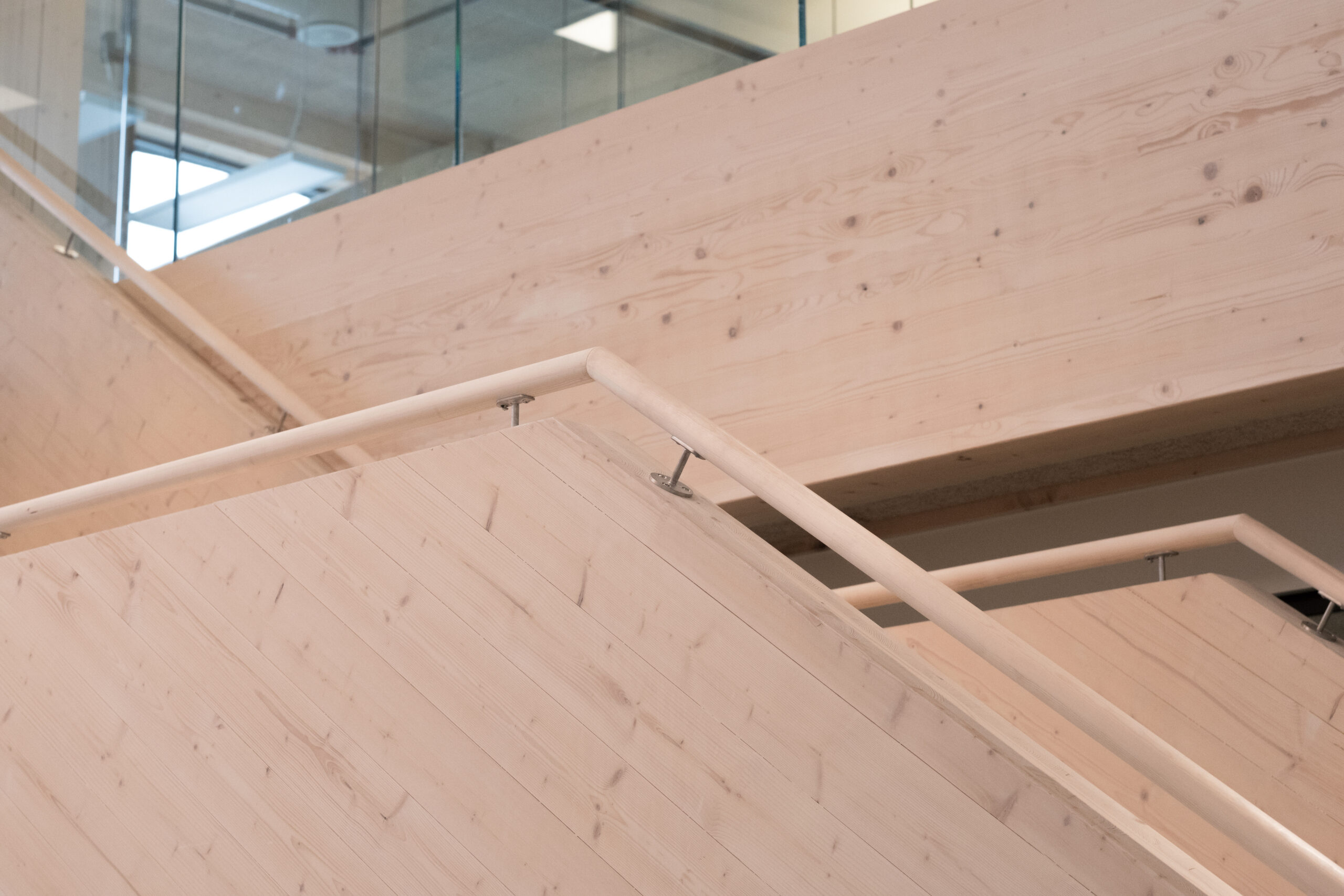
Lumber 4 by Oslotre Arkitekter, Kristiansand, Norway | Jury Winner, Office – Mid Rise (5–15 Floors), 12th Annual A+Awards
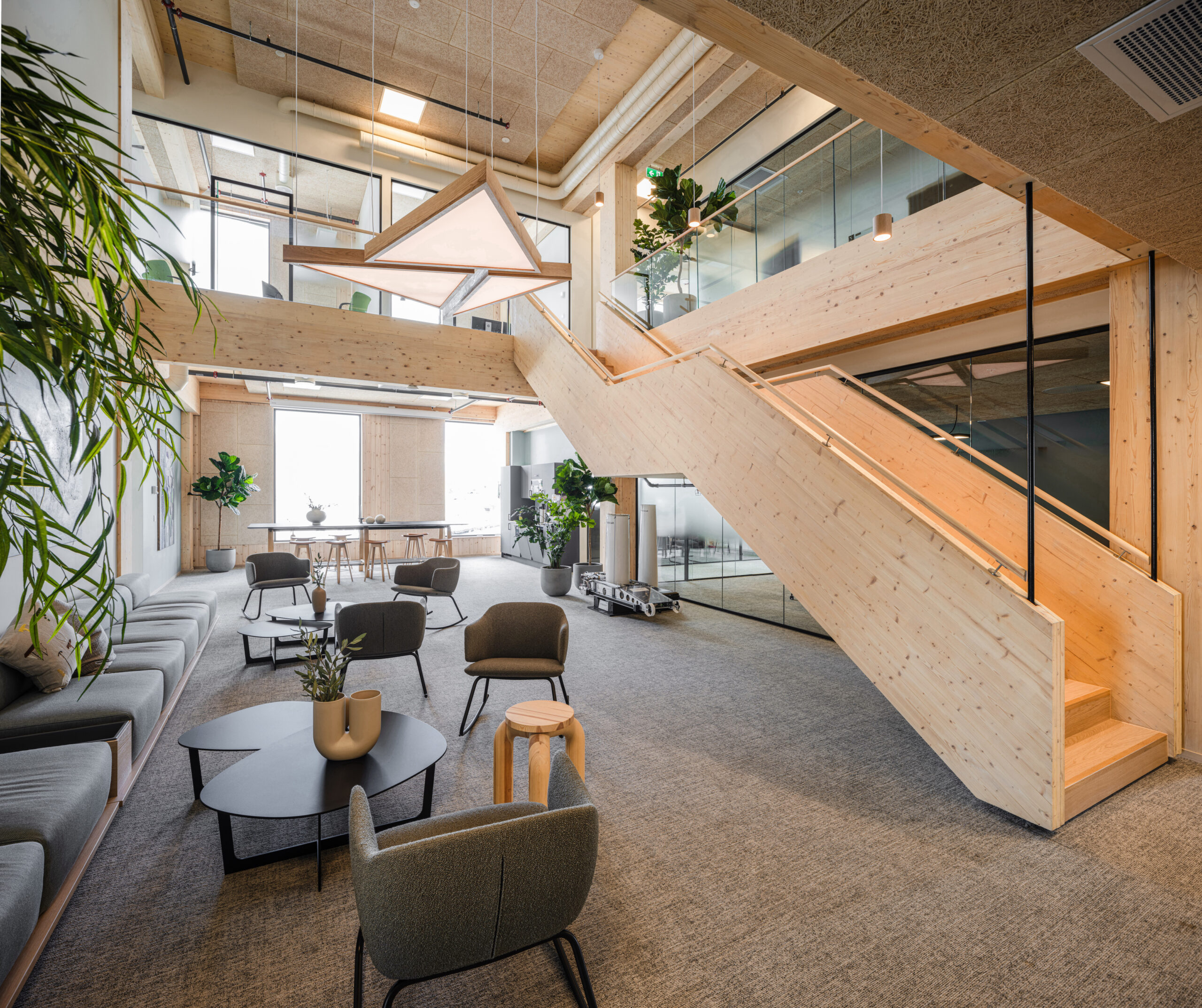
Lumber 4 by Oslotre Arkitekter, Kristiansand, Norway | Jury Winner, Office – Mid Rise (5–15 Floors), 12th Annual A+Awards
Oslotre Arkitekter took a more direct approach to this in their project in Norway, Lumber 4. They used bright and grained wood in regular spaces and elements especially the staircase. The threads, risers, stringer and even handrail were done in mass timber. They also played with texture and pattern by cladding the walls and ceilings in wood. This way, users are passively guided to interact and feel with the material while they move through the space.
Wood’s sustainability is a major part of its appeal. When sourced responsibly, it’s one of the few building materials that can actually regenerate. Trees grow back and this means that when designers choose certified timber or reclaimed wood, they’re making a choice that reduces carbon footprint and supports healthier ecosystems. Beyond sourcing, the sustainability of wood is also about longevity. Wood is easy to repair, refinish and has resilience. It lets designers build spaces that last longer, feel better, and do less harm.
It is also surprisingly flexible. You can play with tones, grains and direction. You can shift from smooth to raw, matte to polished, and still stay within one material language. To avoid monotony, designers play around with the orientation, tone, or texture of the wood. A vertical wall panel might meet a horizontal ceiling, or a smooth finish might sit next to something raw and rustic. These small contrasts keep the eye moving and help the space breathe.
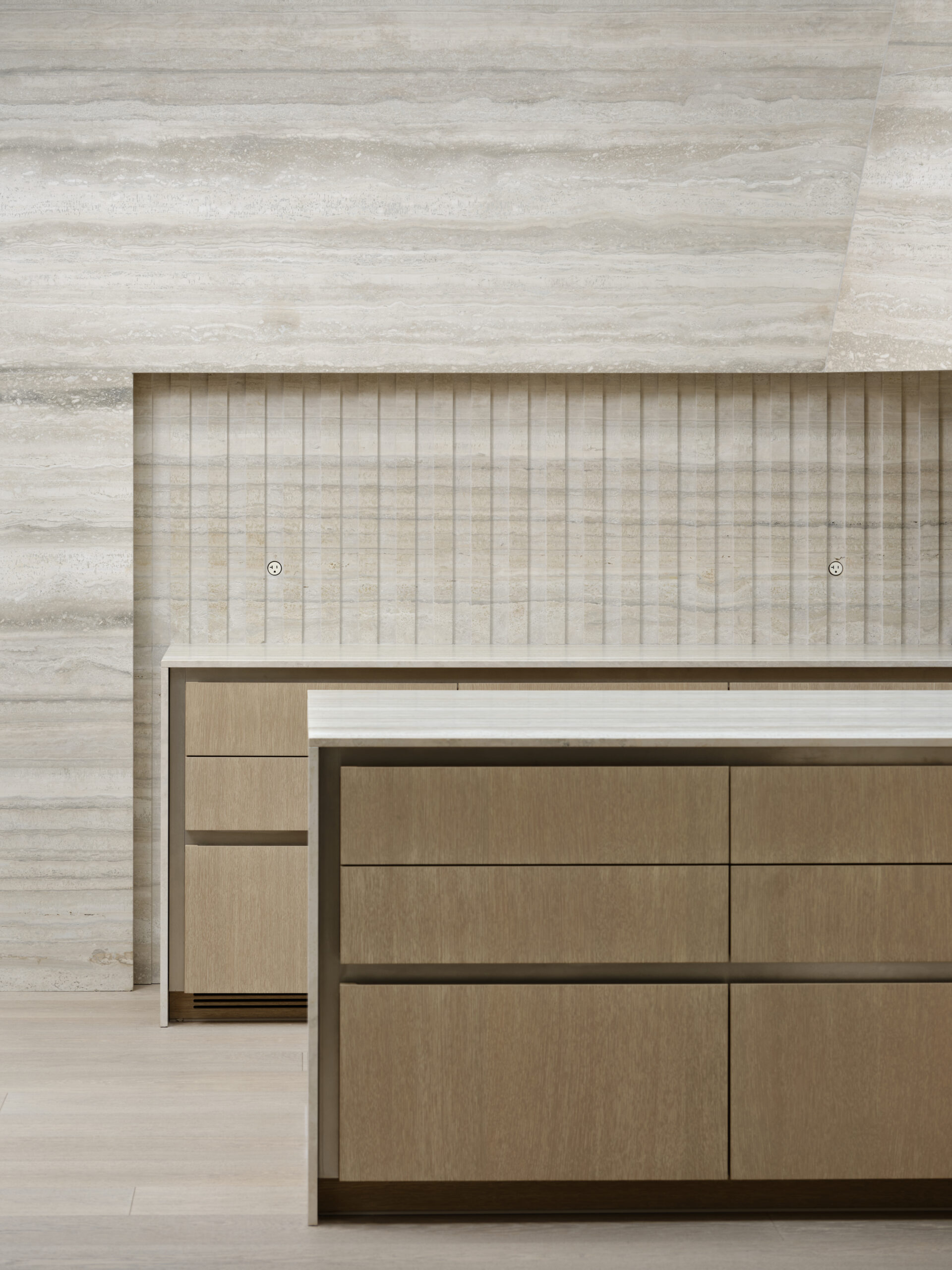
North Drive House by Reflect Architecture, Toronto, Canada | Finalist, Residential Interiors (<3,000 sq ft), 12th Annual A+Awards
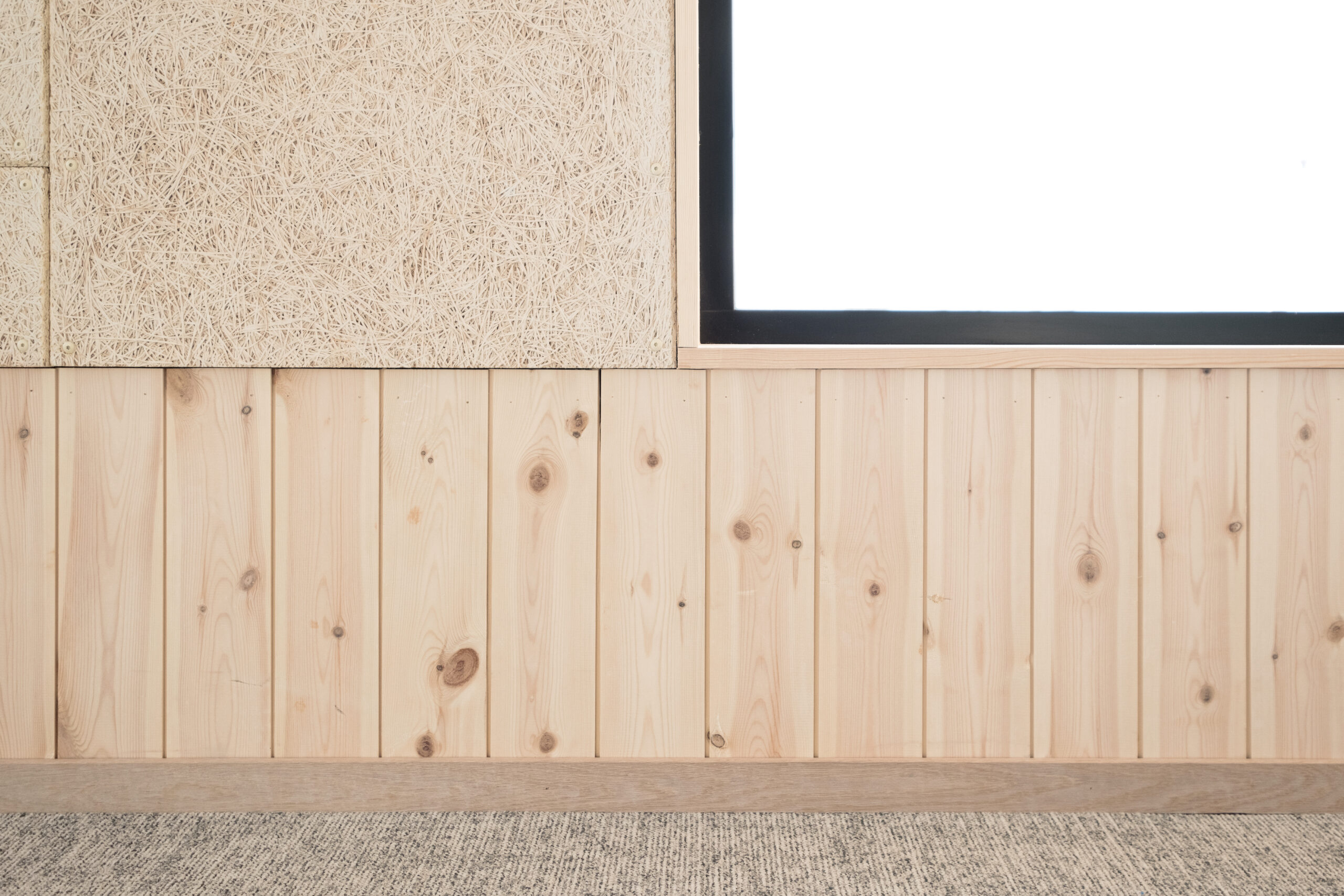
Lumber 4 by Oslotre Arkitekter, Kristiansand, Norway | Jury Winner, Office – Mid Rise (5–15 Floors), 12th Annual A+Awards
For instance, the kitchen in the North Drive House by Reflect Architecture is a wood-drenched interior. The designers particularly played with direction and grains in this space. The doors and drawers were done in vertically grained wood while the other surfaces were done in horizontally grained wood. This was also transferred to the floor as it was also laid to be parallel to the horizontal grains. Following the principle of scale perception, this created a visually balanced space that didn’t feel too wide or too high.
Oslotre also spoke one material language in Lumber 4. The entirety of the structure was majorly done in different forms of wood. The facade was covered in finished pine wood and the insulation used throughout is wood fiber. They also used wood wool to make the acoustic panels and a majority of the structure was done in timber.
As beautiful and immersive as wood-drenched interiors are, they don’t come together by accident. Drenching an entire interior in wood takes serious planning. There’s the obvious considerations such as: fire safety, acoustic behavior and humidity control. There are also subtler design challenges of balance, variation and maintenance.
It helps that wood makes spaces feel more personal. In a world full of polished concrete and steel, being in a wood-drenched interior feels like a warm handshake. Whether it’s a restaurant, a workplace or a family home, the experience becomes more relaxed and more connected. It feels less like stepping into a building and more like being invited in.
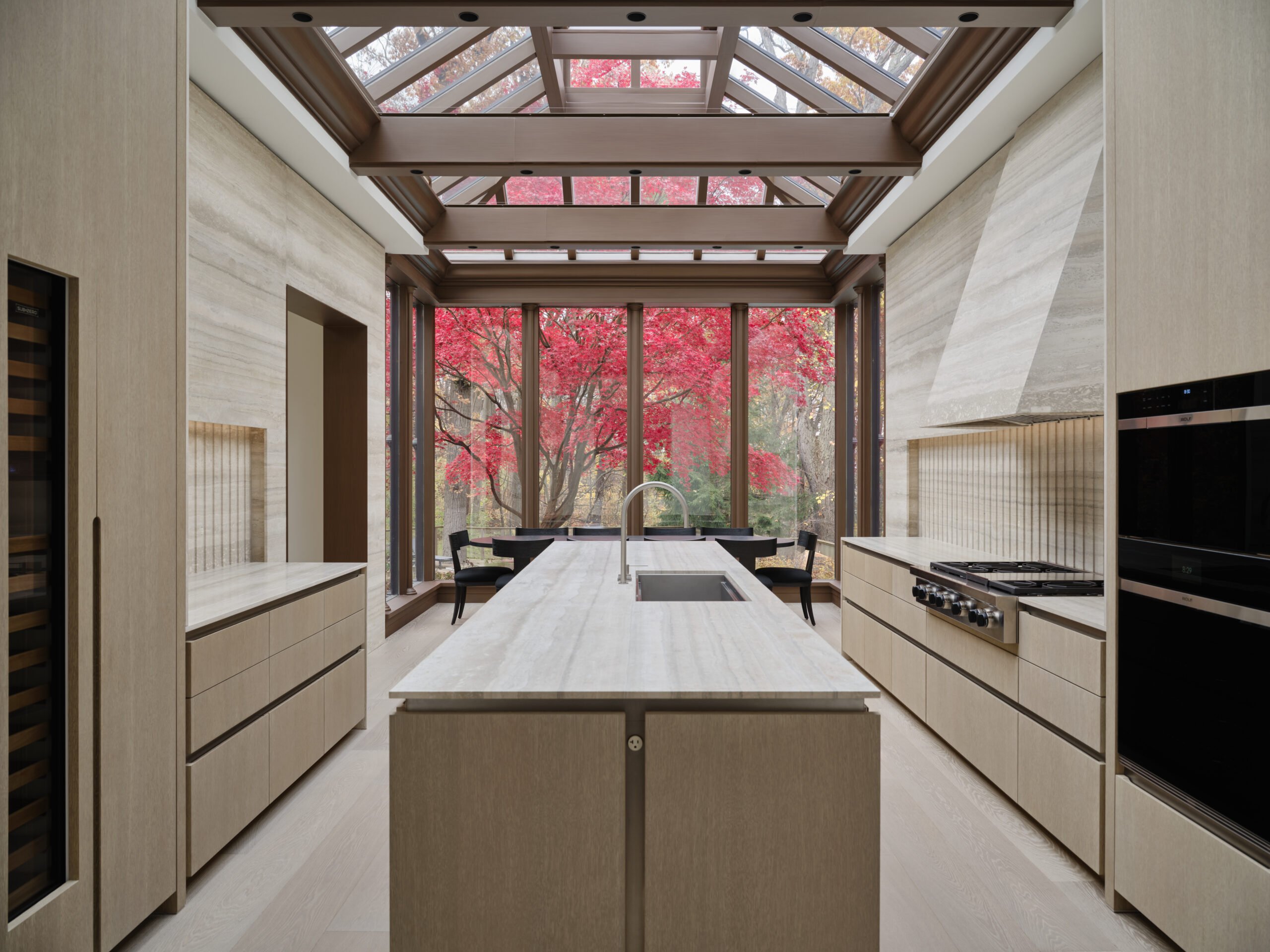
North Drive House by Reflect Architecture, Toronto, Canada | Finalist, Residential Interiors (<3,000 sq ft), 12th Annual A+Awards
When wood dominates a space, it’s not just the background, it’s the story told in grains and edges. When it is used generously, when allowed to fully shape a space, it becomes more than material.
As designers keep searching for ways to make buildings feel less mechanical and more human, wood drenching reminds us that sometimes, the most advanced choice is also the most ancient.
Architizer’s Vision Awards are back! The global awards program honors the world’s best architectural concepts, ideas and imagery. Start your entry today, and take advantage of the Early Entry prices!
Featured image: Lumber 4 by Oslotre Arkitekter, Kristiansand, Norway | Jury Winner, Office – Mid Rise (5–15 Floors), 12th Annual A+Awards
The post Going Against the Grain: The Rise of Wood-Drenched Interiors appeared first on Journal.















